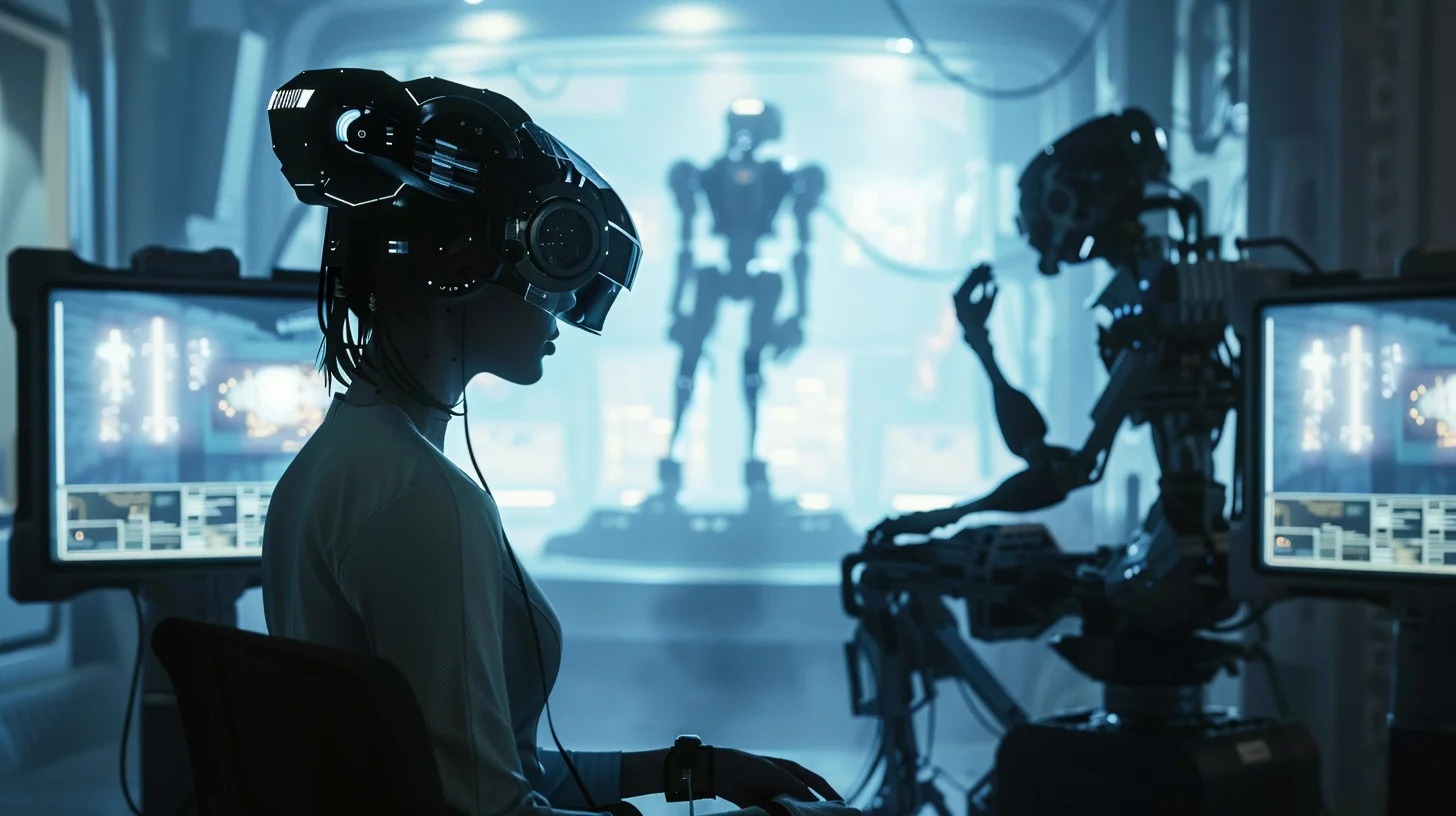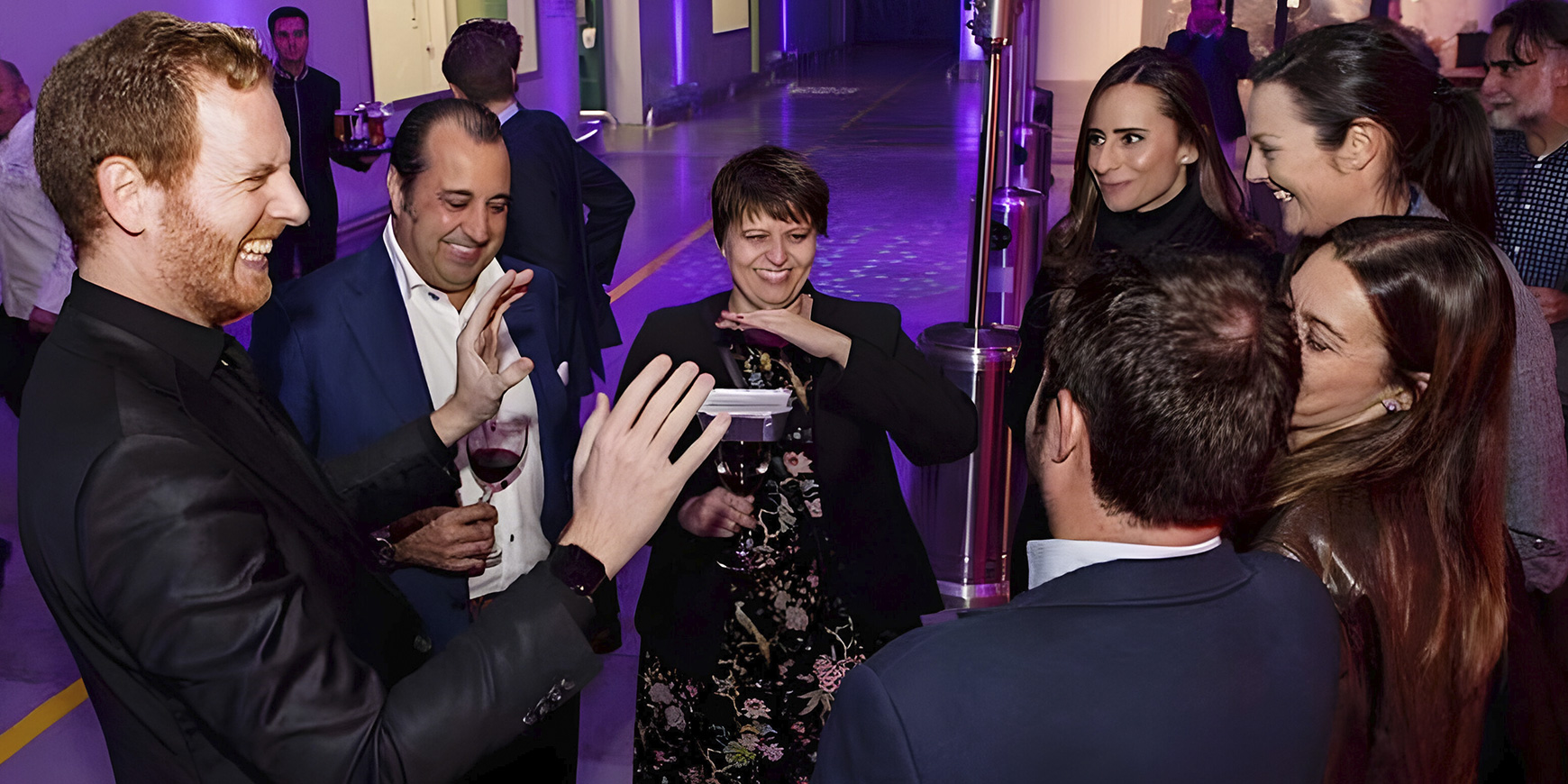Teleoperated robots are redefining numerous industries by extending human abilities into remote and hazardous environments. Combining human intelligence with robotic precision, these advanced systems are making significant strides in sectors such as healthcare, space exploration, and disaster response. Mahesh Jain, a renowned expert in robotics, emphasizes the potential of these systems, which blend haptic technology, virtual reality, and secure communications to enable new levels of control and efficiency. With developments in Artificial Intelligence and bio-integrated control systems, teleoperation is paving the way for a more connected and efficient future.
What Are the Core Components of Teleoperated Robots?
Teleoperated robots rely on several fundamental components that work seamlessly together to execute complex tasks remotely. The robot hardware includes actuators, sensors, end-effectors, and onboard computers. Actuators, often considered the “muscles” of the robot, facilitate precise movement, while sensors function as the robot’s “eyes” and “ears,” allowing it to perceive and respond to its environment. Whether used for high-stakes military operations or delicate medical procedures, hardware varies significantly depending on the robot’s purpose.
The control station is another critical aspect, enabling human operators to interact directly with the robot. These stations feature input devices like joysticks or more advanced haptic systems that offer tactile feedback, enhancing the operator’s control. High-definition screens or VR headsets provide real-time visual feeds, while user interfaces allow seamless communication between the operator and robot. Communication links are crucial, ensuring data is securely transmitted between human and machine. Finally, predictive technologies within user interfaces optimize latency and keep control intuitive, enhancing the robot’s functionality across diverse settings.
How Does Haptic Technology Enhance Robotic Precision?
Haptic technology has introduced a new level of control to teleoperated robots by enabling operators to experience tactile feedback from a distance. This technology replicates the sensation of touch, allowing users to feel textures, weights, and even resistance through specialized sensors. In medical settings, haptic feedback is instrumental, especially in robotic-assisted surgeries where precision is paramount. Surgeons gain enhanced control and sensitivity, reducing errors and improving patient outcomes.
Beyond healthcare, haptic technology proves invaluable in industries requiring nuanced object manipulation, such as underwater repairs or manufacturing. Operators can make fine adjustments based on feedback, which increases accuracy and reduces fatigue over extended periods. By integrating tactile sensations into remote interactions, haptic technology enables safer and more effective control, bridging physical and virtual divides.
What Role Does the Metaverse Play in Teleoperation?
The concept of the metaverse is becoming increasingly significant in teleoperation, where operators engage with robots in augmented or virtual spaces. Through VR and AR interfaces, operators gain immersive experiences, improving spatial awareness and decision-making. This immersive approach benefits training and collaboration by simulating environments where operators can safely practice tasks, test robot functionality, or work with other team members in a shared virtual space.
For example, VR headsets provide real-time views with critical data overlays, while AR tools offer enhanced visuals for real-world applications, making tasks like navigating difficult terrain or performing precision tasks safer and easier. Although latency and hardware limitations remain challenges, advancements in 5G and edge computing are minimizing these issues, creating smoother, more responsive interactions and enabling new possibilities for teleoperated tasks.
How Are Teleoperated Robots Revolutionizing Various Industries?
Teleoperated robots are reshaping numerous industries by allowing humans to operate remotely in high-risk and challenging environments. In military and defense, robots handle tasks such as bomb disposal, reconnaissance, and intelligence collection. Equipped with high-resolution cameras and manipulator arms, they keep military personnel out of harm’s way by inspecting explosive devices and conducting remote surveillance.
In hazardous environments like nuclear facilities, teleoperated robots perform essential functions such as inspection, decontamination, and maintenance, minimizing human exposure to radiation. Remotely operated vehicles (ROVs) are used in offshore oil rigs, replacing human divers for underwater repairs and inspections. Healthcare is another sector seeing transformative impacts through teleoperated robotics, where surgeons conduct remote surgeries with unprecedented precision, supported by 3D visualization and tremor-filtering technology. Telepresence robots are also gaining popularity in healthcare, allowing doctors to consult with patients and monitor them remotely, especially in underserved or isolated locations.
In space exploration, teleoperated robots gather data, perform experiments, and assist with satellite maintenance. These robots provide real-time feedback to operators on Earth, making them ideal for missions to hostile or distant locations. Through continuous advancements, teleoperated robots are expected to become even more integral in these high-stakes sectors.
How Will Teleoperated Robots Shape the Future Workplace?
Teleoperated robots are reshaping the future of work by allowing tasks to be performed remotely, minimizing human exposure to hazardous environments. This technology can reduce travel costs and resources, as experts can contribute remotely without needing to relocate. By enabling operators to work from anywhere, teleoperation allows industries to tap into a global talent pool, fostering diversity and expertise regardless of geographical limitations.
In addition, teleoperated systems promote continuous productivity by leveraging time zones, as tasks can be transferred seamlessly between teams around the world. However, to fully leverage these advantages, robust communication networks and adherence to security and regulatory standards are essential. Addressing these challenges will be crucial as teleoperation becomes a more prevalent aspect of remote work.
What Future Trends Will Define Teleoperated Robotics?
According to Mahesh Jain, teleoperated robotics is poised to expand its impact through advancements in AI, bio-integrated systems, and mixed-reality interfaces. AI-driven enhancements will improve the efficiency of teleoperated robots, enabling them to carry out more complex, autonomous actions while under human supervision. The integration of bio-integrated control systems could also allow operators to interact with robots through natural movements or neural inputs, making control more intuitive.
These technological advancements are expected to lead to further transformations in industries reliant on teleoperated robotics, where the emphasis will be on maximizing human-robot synergy. By combining AI’s processing power with human expertise, teleoperated robots will streamline processes, improve safety standards, and create a seamless work environment in settings as diverse as urban infrastructure, environmental conservation, and remote patient care.
Conclusion
Teleoperated robots, as Mahesh Jain emphasizes, represent a profound shift in how industries approach remote operations and hazardous tasks. These robots, backed by advancements in AI, haptic feedback, and immersive interfaces, allow humans to extend their capabilities beyond physical limitations. The convergence of these technologies signals a future where robots enhance efficiency and safety across diverse fields. This evolution is more than a leap in technology; it signifies a broader change in how we work, collaborate, and solve problems in a globalized, interconnected world.










